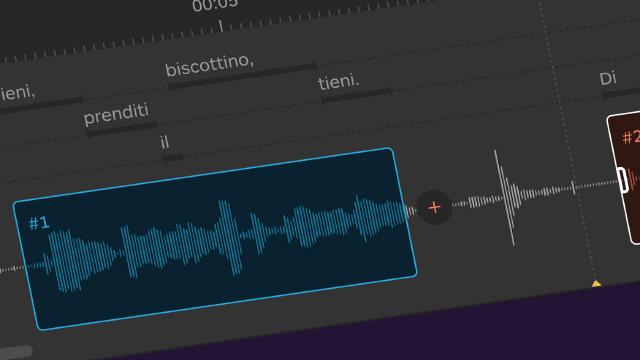In our interconnected world, video content has become a powerful medium for communication and entertainment. As the demand for video content continues to rise, so does the need for video localization. In this article, we will explore the details of video localization, revealing its inner mechanisms and how it empowers global audiences to interact with video content in their preferred language and cultural context.
What is video localization?
Video localization is the process of modifying video content to meet the linguistic, cultural, and technical needs of a particular target audience. It involves translating and adapting not only the spoken or written words but also visual elements, graphics, and other components, ensuring that the video resonates with the target audience as if it were originally created for them.
The Process of Video Localization
Video localization is a meticulous process that involves several key steps to ensure a seamless and authentic experience for the target audience. Let’s take a closer look at each of these steps:
Content Analysis The journey of video localization begins with a thorough content analysis. Here, the process goes beyond a simple initial review; it digs deep into the intricate layers of video content. Cultural nuances, often subtle and deeply ingrained, are uncovered and understood. The unique preferences of the target audience, as varied as their cultural backgrounds, are recognized. Moreover, potential challenges hidden within the localization process are identified in advance. This detailed analysis lays the crucial foundation for a successful localization project, providing essential insights into the content’s cultural and linguistic demands. It’s similar to creating a detailed map, guiding the localization team through uncharted territories.
Script Translation Following the content analysis, the script undergoes a meticulous translation process into the target language. However, this task goes beyond mere Following the profound content analysis, the script embarks on its transformational journey. The act of translation is elevated to an art form. Beyond mere linguistic conversion, the essence, tone, and style of the original content are meticulously encapsulated. It is not just about conveying words; it’s about preserving the soul of the content. This comprehensive translation ensures that the localized script not only communicates but resonates authentically with the viewers. It’s akin to translating poetry, where each word carries the weight of the original’s emotion and intent.
Subtitling or Dubbing Video localization provides a crossroads for content creators, offering flexibility in the choice of how the translated content is conveyed. Subtitling, a practice as old as cinema itself, involves the art of adding translated text at the bottom of the video. It invites viewers to read and understand the dialogue while still hearing the original audio, preserving the auditory essence. On the contrary, dubbing, a sonic transformation, replaces the original audio with a new voiceover in the target language. It ushers viewers into an immersive auditory experience. The decision between these methods is not arbitrary; it’s guided by a profound understanding of viewer preferences and the innate nature of the content itself.
Cultural Adaptation Genuine localization transcends linguistic boundaries. It involves an intricate dance of adaptation, where cultural references, symbols, gestures, and visual elements are seamlessly integrated to resonate deeply with the target audience. This step transforms the video from a foreign entity into a familiar friend, intimately relatable to viewers. The art of cultural adaptation is a tapestry of engagement and understanding, weaving a profound connection between the content and its audience. It’s akin to tailoring a suit, where each stitch aligns with the wearer’s unique physique.
Quality Assurance In the realm of video localization, quality assurance emerges as the sentinel guarding the gates of excellence. Video quality and technical integrity undergo meticulous scrutiny to guarantee a flawless viewing experience. Resolutions are examined, aspect ratios are assessed, and encoding is validated to meet industry standards. The localized video is subjected to rigorous testing, ensuring it functions seamlessly on an array of devices and platforms. All this is done with an unwavering commitment to preserving visual and auditory quality, ensuring that the viewer’s immersion remains uninterrupted.
Benefits of Video Localization The benefits of video localization reverberate through the content creation landscape. By rendering video content accessible to diverse audiences, it flings open the doors to new markets, expanding the content’s reach to horizons previously unexplored. Simultaneously, it elevates the viewer experience to a new zenith. Viewers can now savor content in their preferred language, forging a deeper connection with the material. This heightened engagement and satisfaction become the hallmarks of video localization, transforming it into an essential bridge between content creators and their global audience.
Conclusion
Video localization is a vital process that enables global audiences to connect with video content on a deeper level. By adapting videos to suit linguistic, cultural, and technical requirements, localization bridges gaps and fosters meaningful connections. As video continues to dominate the digital landscape, the importance of video localization will only continue to grow, empowering creators to reach wider audiences and enriching the viewing experience for millions around the world.
As you embark on your video localization journey, we invite you to experience the seamless and transformative power of Matesub. Our platform simplifies the complexities of video localization, ensuring that your content resonates authentically with global audiences.
Try Matesub for free today, and unlock the true potential of your video content on a global scale.




